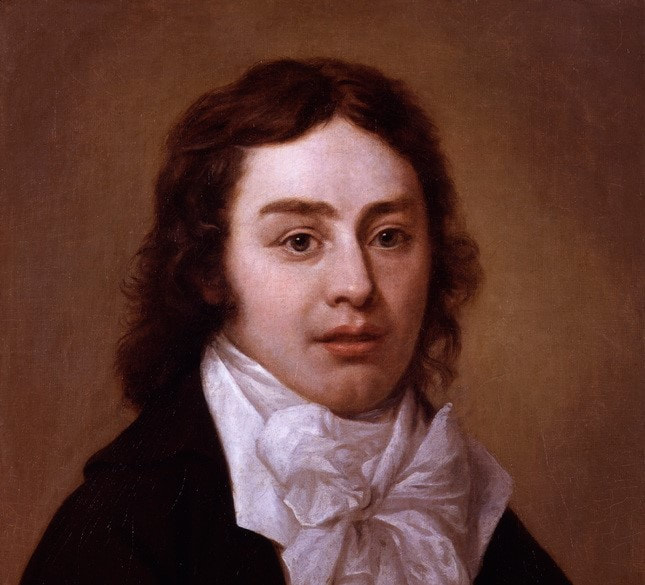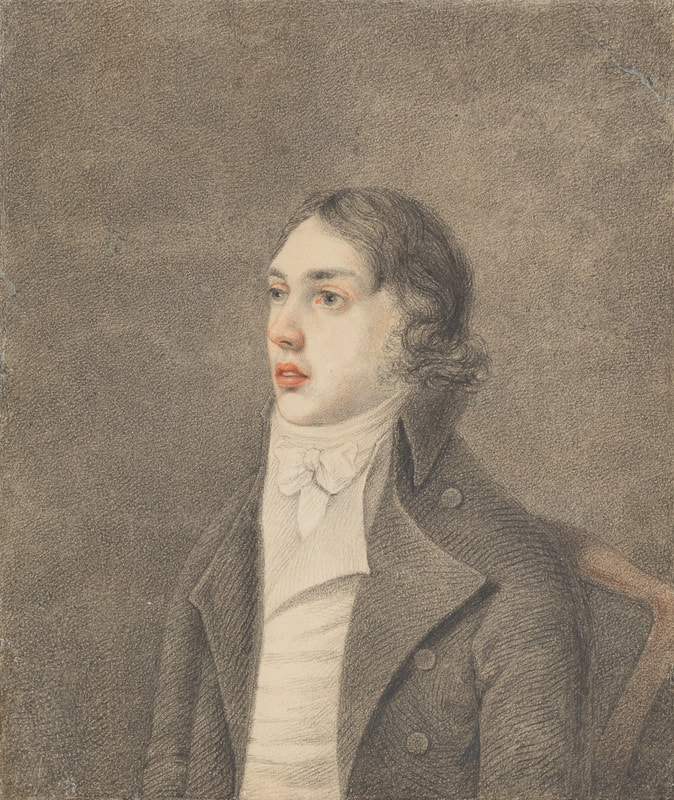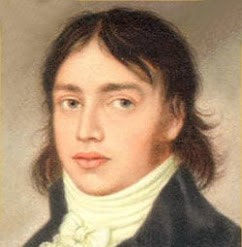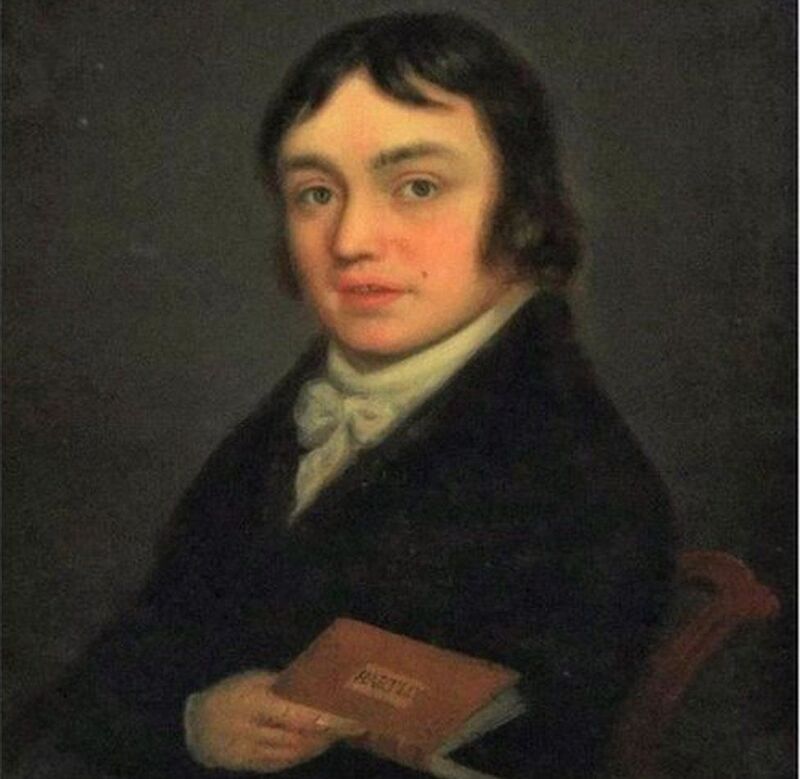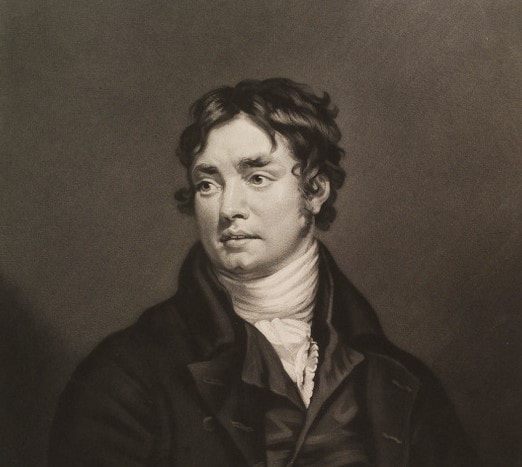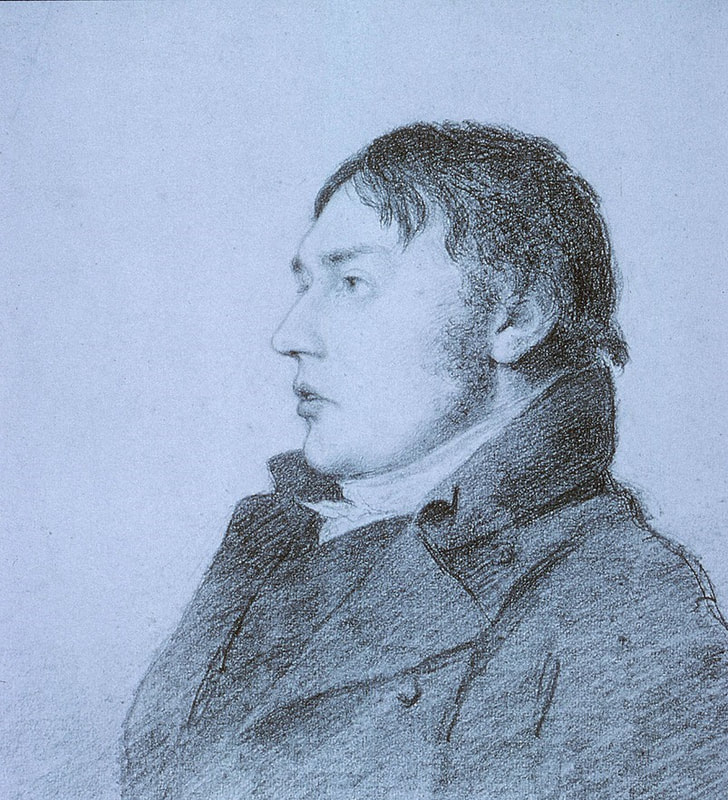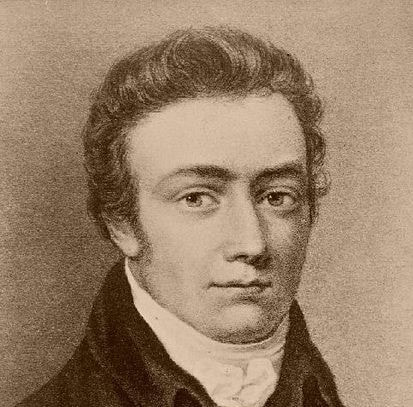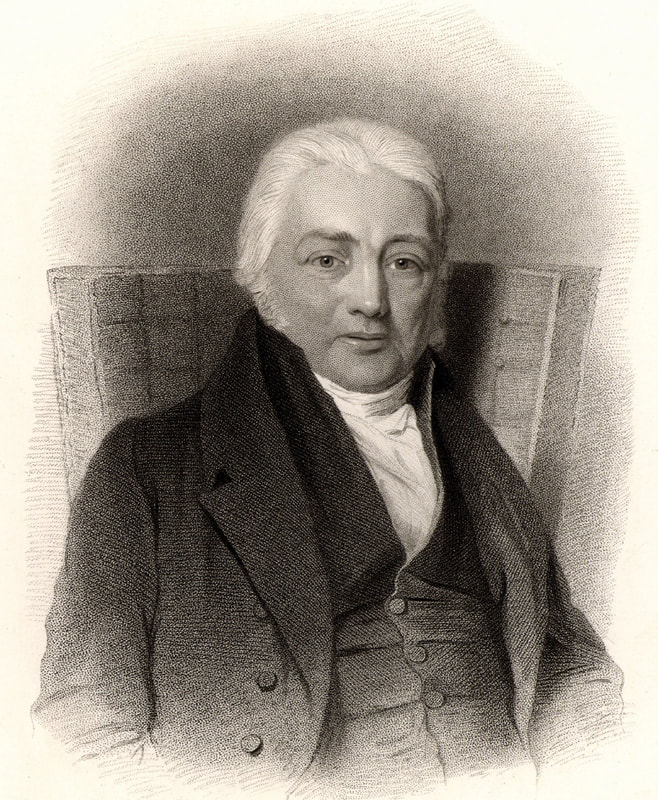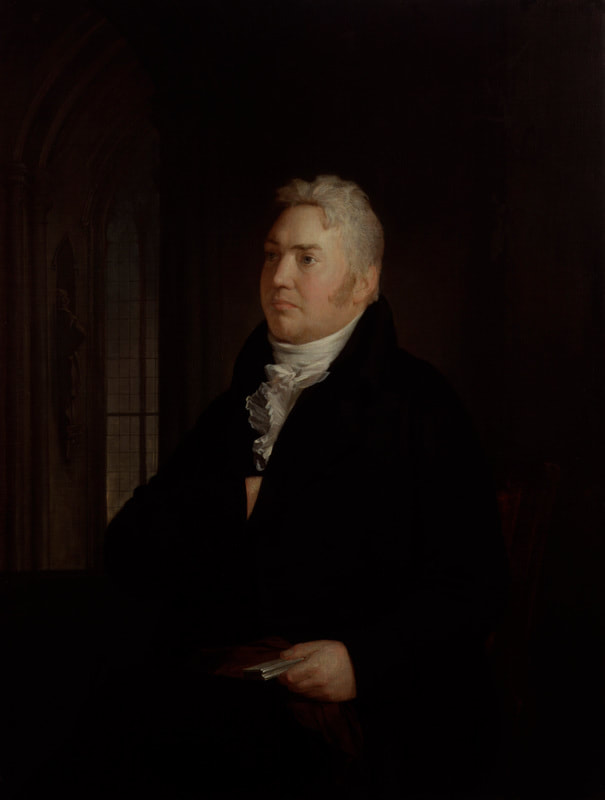Samuel Taylor Coleridge
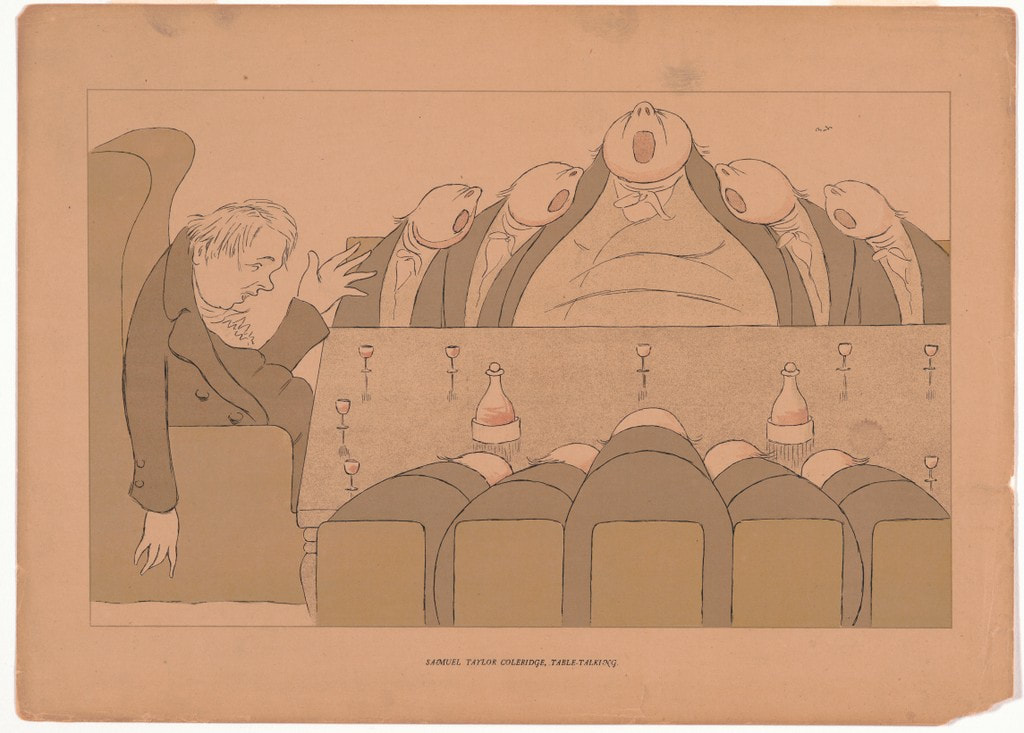
In June 1824, Thomas Carlyle said of Samuel Taylor Coleridge,
"He wanders like a man sailing on many currents."
Though spoken as a metaphor, the quote that appears in Richard Holmes’ Coleridge: Darker Reflections, 1804-1834 seems literally to describe the iconoclast on multiple fronts: intellectually, emotionally, personally. On those currents Coleridge was ever surging and receding, moving and mired.
Intellectually, Coleridge’s breadth and depth of knowledge and understanding long kept friends and audiences under his influence. He could expound and educate on disparate subjects, including literature, religion, politics, government, metaphysics, philosophy, psychology, and education. Coleridge demonstrated his "extraordinary intellectual adaptability" by helping his personal doctor, James Gillman, with the doctor's theoretical work despite having no education or training in medicine (Holmes 432).
The Englishman often spoke with entertaining effect, but not always. He admitted—in oceanic terms, no less—that he could speak “‘from circle to circle till I break against the shore of my Hearer’s patience, or have any Concentricals dashed to nothing by a Snore’” (Holmes 35), as whimsically illustrated below.
The product of such loquacity ranged significantly as well. Coleridge penned poems, composed essays, wrote white papers, delivered lectured, and preached sermons. Some say he co-founded the Romantic movement with William Wordsworth (Poetry). He coined the phrase “suspension of disbelief” (Tomko 242) to explain the necessary mindset of the Romantic movement. His religious writings influenced the direction of Anglicanism in the mid-19th century (Wright).
But as often as those currents transported him among so many interests intellectually, they also swept him off-course emotionally, personally, and financially. Medical issues likely contributed to Coleridge’s decades-long reliance on opium: rheumatic fever as a child, debilitating periods of anxiety and depression—possibly even bi-polar disorder—as an adult (Jamison). Combined with excessive alcohol consumption, his addictive behaviors supplanted his legendary charming and took a toll that not even his closest friends could withstand.
The resulting relational strain, his loveless marriage, and financial instability resulted in his frequent wandering between secure living situations. At times, Coleridge drifted from place to place, staying in short stints with friends and family, particularly between 1806 and 1816. Coleridge lived more often with other families than he did his own. In multiple phases between 1798 and 1810, he lived extensively with Wordsworth and his family. John Morgan, an attorney and Unitarian, rescued Coleridge often—sometimes from near-death—between the autumn of 1807 and 1816. Coleridge then moved in with his personal doctor, Dr. James Gillman. At last he found stability in life, staying with the Gillmans until his death in 1834. However, in keeping with his nomadic tendencies, even his remains proved to be transient. A crumbling vault necessitated what his family can hope will be his final move.
DATES AND PHASES OF NOTE
- Born on October 21, 1772, in Ottery St. Mary as the youngest of 10 children.
- Shifted his beliefs to radical political and religious ideas in 1792.
- Attended University of Cambridge’s Jesus College off and on, but never graduated.
- Enlisted in the army in 1793; discharged a few months later, either for reasons of insanity or by at the request of his family.
- Dreamed of creating a pantisocracy with Robert Southey in the summer of 1794.
- Lectured on religion, politics, literature, philosophy from 1795 to 1819.
- Married Sarah Fricker on October 4, 1795; she then dropped the "h" in her name at Coleridge's urging.
- Published 10 issues of The Watchman, a liberal political publication, from March to May 1796.
- Welcomed son Hartley into world on September 19, 1796.
- Created a tight community from 1797 to 1798 in Nether Stowey.
- Welcomed son Berkeley into the world on May 10, 1798, who was sickly and would die within the year.
- Traveled to Germany from autumn 1798 to summer 1799, studying the language as well as the philosophy of Immanuel Kant, Jakob Boehme, and G. E. Lessing.
- Contributed occasionally to the London Morning Post from 1798 to 1802.
- Welcomed son Derwent into the world on September 14, 1800.
- Became reliant on opium in the winter of 1801 and struggled with the addiction as well as excessive alcohol consumption for the rest of his life.
- Welcomed daughter, Sara, into the world on December 23, 1802.
- Worked on the island of Malta in Greece as a government administrator from April 1804 to late 1805.
- Wrote, published, and sold subscriptions to The Friend, a publication that capitalized on Coleridge’s expansive knowledge but also required the consistency he never could manage; first of 27 issues published in June 1809.
- Lived with Dr. James Gillman, who helped Coleridge manage his opium addiction, from 1816 until his death in 1834.
